One way or another we all fall victim to writer’s block. But it can come in many forms. It is not just a blank screen that sits forever mocking our lack of output. Sometimes it means we just move at a very slow pace. Our perfectionism kicks in so we fuss over every sentence before moving on. Or we fear someone will think we are shallow or just borderline literate.
If that’s you, you are in good company. The good news is there are very practical things we can do to get us moving. Let me just reiterate a few ideas that might help.
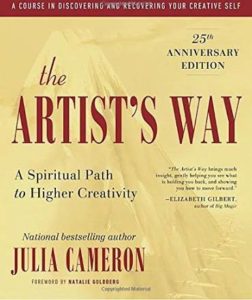 1. Get The Artist’s Way by Julia Cameron and practice Morning Pages as she describes them. Writing thirty minutes a day without self-editing or correction about anything at all can help us form new habits that can get us writing more on a regular basis. If you think thirty minutes a day is a lot to commit to, think of how much time you’ve wasted staring at a screen getting nowhere. Highly recommended.
1. Get The Artist’s Way by Julia Cameron and practice Morning Pages as she describes them. Writing thirty minutes a day without self-editing or correction about anything at all can help us form new habits that can get us writing more on a regular basis. If you think thirty minutes a day is a lot to commit to, think of how much time you’ve wasted staring at a screen getting nowhere. Highly recommended.
2. Read Betty Flowers whom I reference in Write Better. In just a page she gives us a great image. We all need our Judge and need to assure ourselves that the Judge will indeed have her say. But not till the end of the process—not at the beginning and not in the middle.
3. Do some writing exercises regularly. You can find sentence completion and other options on websites such as these:
10 Best Creative Writing Exercises
Doing these show us and remind us that we can indeed write on demand.
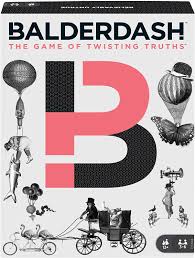 4. Play Balderdash. This box game in which we create phony definitions is great fun in a group, especially when you let your imagination run wild and other people can spur you on. Getting a group together will be easier, we trust, in the near future. The fun in this game is the spoonful of sugar to help the medicine of writing without overthinking go down easily.
4. Play Balderdash. This box game in which we create phony definitions is great fun in a group, especially when you let your imagination run wild and other people can spur you on. Getting a group together will be easier, we trust, in the near future. The fun in this game is the spoonful of sugar to help the medicine of writing without overthinking go down easily.
Finally, Paul Silvia in How to Write A Lot tells us that people who were required to write daily wrote 3.5 time more pages and had twice as many creative ideas as those who waited for inspiration.* Being productive (such as with Morning Pages), can—even if our writing is flawed, wordy, or logically suspect—get us into a rhythm of writing which allows an opportunity for creativity.
Remember: We always can (and should) fix it later.
—
*Thanks, Marcia Bosscher, for highlighting this for me.

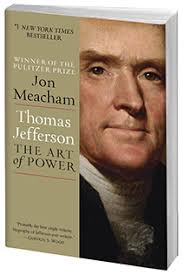
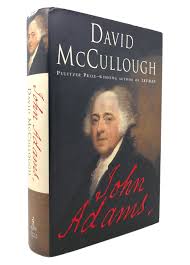
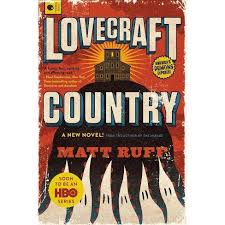
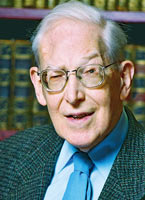 Once I recall him talking about his concise writing style. “Packer by name; packer by trade,” he responded. I could tell he enjoyed saying that, and I got the impression he used the line often.
Once I recall him talking about his concise writing style. “Packer by name; packer by trade,” he responded. I could tell he enjoyed saying that, and I got the impression he used the line often. 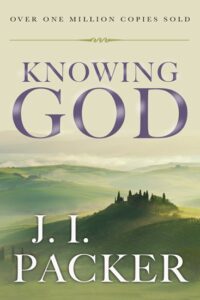 Once several of us took him to lunch, and as we ate IVP publisher Bob Fryling posed the question, “How would you describe IVP among the many Christian publishers that are around?”
Once several of us took him to lunch, and as we ate IVP publisher Bob Fryling posed the question, “How would you describe IVP among the many Christian publishers that are around?” 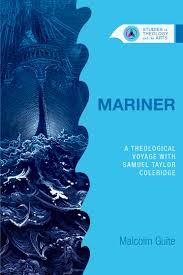
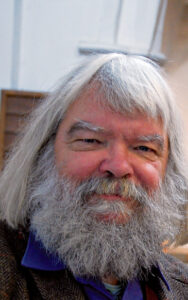 Such was the power of Coleridge’s personality and intellect that even in the midst of his deep struggles he reshaped the way the world saw Shakespeare in a series of landmark lectures. Previously the Bard was viewed as a second-tier talent of popular leanings. After Coleridge we know him to be the premier wielder of not only the English language but of art and life.
Such was the power of Coleridge’s personality and intellect that even in the midst of his deep struggles he reshaped the way the world saw Shakespeare in a series of landmark lectures. Previously the Bard was viewed as a second-tier talent of popular leanings. After Coleridge we know him to be the premier wielder of not only the English language but of art and life.  You can probably rewrite 90% of these sentences in active voice. For example,
You can probably rewrite 90% of these sentences in active voice. For example, Weak: The reason is because Facebook is trying to suck all the DNA out of my body.
Weak: The reason is because Facebook is trying to suck all the DNA out of my body.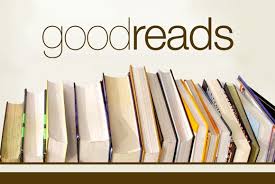
 Since I tend to like history, science fiction, biblical studies, and literary fiction, I try to get people on my friends list who do too. At the same time, I don’t want my list of friends to be too narrow. I want to be stretched to read in areas I might not ordinarily think of. Sometimes I just want beach reading. So I have friends who read a lot of those. Sometimes I want to read something from a different political or theological perspective. I have friends who point me to those as well.
Since I tend to like history, science fiction, biblical studies, and literary fiction, I try to get people on my friends list who do too. At the same time, I don’t want my list of friends to be too narrow. I want to be stretched to read in areas I might not ordinarily think of. Sometimes I just want beach reading. So I have friends who read a lot of those. Sometimes I want to read something from a different political or theological perspective. I have friends who point me to those as well.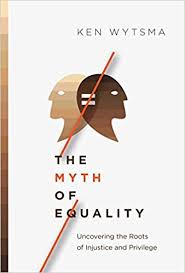
 Does all this have anything to do with the gospel? Wytsma quotes Timothy Keller: “Any neglect shown to the needs of the members of the vulnerable is not called merely a lack of mercy or charity, but a violation of justice.” Biblical justice is not just punishing evil doers but restoring what was bent or broken. The cross doesn’t just allow sins to be forgiven but restores relationships. It reconciles us to God and us to each other.
Does all this have anything to do with the gospel? Wytsma quotes Timothy Keller: “Any neglect shown to the needs of the members of the vulnerable is not called merely a lack of mercy or charity, but a violation of justice.” Biblical justice is not just punishing evil doers but restoring what was bent or broken. The cross doesn’t just allow sins to be forgiven but restores relationships. It reconciles us to God and us to each other.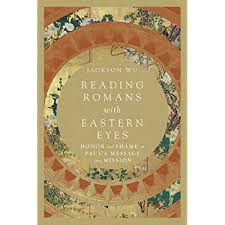
 God’s glory gets particular emphasis in this book. As the author says in his discussion of Romans 4:20-21, “Genuine faith in God magnifies his worth. By faith, we honor him” (48). In this vein Romans often focuses on how God deals with Jews and non-Jews, bringing them both into his family, to glorify him. A Jewish sense of superiority relegates God to a tribal deity. Therefore, “Romans contradicts the idea that ethnic conflict is a second-tier concern for the church” (65).
God’s glory gets particular emphasis in this book. As the author says in his discussion of Romans 4:20-21, “Genuine faith in God magnifies his worth. By faith, we honor him” (48). In this vein Romans often focuses on how God deals with Jews and non-Jews, bringing them both into his family, to glorify him. A Jewish sense of superiority relegates God to a tribal deity. Therefore, “Romans contradicts the idea that ethnic conflict is a second-tier concern for the church” (65). How do I know?
How do I know?  Here’s how
Here’s how